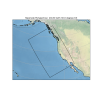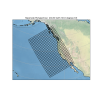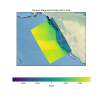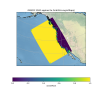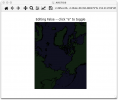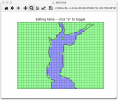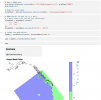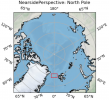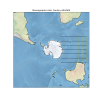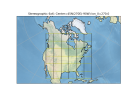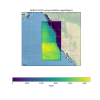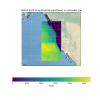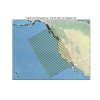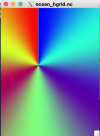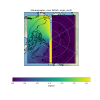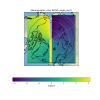An assembly of useful python code is in progress at ESMG/gridtools. The current release is 0.1.1 with some very basic functionality to assist in generation of an ocean grid in a few projections. General instructions for installation and use of the application can be found in the repository.
The library only generates an ocean_hgrid.nc file (supergrid) for MOM6 at present. Here is a list of tasks and important references collected so far.
Contributions welcome from additional code to do X, Y or Z, exercising existing code and shoring up algorithm implementation, correcting documentation and/or code attribution. This library is leveraging code from several repositories. If there are additional attribution required, please let us know. Once documentation processes are established, the method of citation will be consolidated. This will need to be solved soon as some documentation should really go into or just point back to the MOM6 documentation instead of duplicated in this repository.
If there is code out there that could be useful, we can take a look at that too. It does not have to be written in python.
Pull requests should be sent against the dev branch for review.
We are still tackling basic issues at the moment to form out initial core functionality:
The repository does not have a stated license at present. Adoption of the MOM6 license (version 3 of the Gnu Lesser General Public License) is being considered.
Is there any objection?
The library only generates an ocean_hgrid.nc file (supergrid) for MOM6 at present. Here is a list of tasks and important references collected so far.
Contributions welcome from additional code to do X, Y or Z, exercising existing code and shoring up algorithm implementation, correcting documentation and/or code attribution. This library is leveraging code from several repositories. If there are additional attribution required, please let us know. Once documentation processes are established, the method of citation will be consolidated. This will need to be solved soon as some documentation should really go into or just point back to the MOM6 documentation instead of duplicated in this repository.
If there is code out there that could be useful, we can take a look at that too. It does not have to be written in python.
Pull requests should be sent against the dev branch for review.
We are still tackling basic issues at the moment to form out initial core functionality:
- Regional MOM6 grid generation; reading existing MOM6 grids
- Internal tide parameterization through implementation of Niki Zadah's set of tools to generate model topography given model grid and observation data (**)
- Several options for field regridding to MOM6 grids (**)
- Plotting model results
- Universal hashing method (and other useful metadata) that can be applied and checked to help prove reproducibility of grids/fields across platforms
The repository does not have a stated license at present. Adoption of the MOM6 license (version 3 of the Gnu Lesser General Public License) is being considered.
Is there any objection?


